Embracing Integrated Design: A Sustainable Building Guide for Homeowners
 Have you ever wondered what goes into designing a sustainable home? With rising awareness about climate change and the need to reduce our environmental impact, more homeowners in India are considering sustainability in their building projects. This is where the integrated design approach comes in. Integrated design ensures efficiency, cost savings and an improved environmental performance of your home over its entire lifecycle. Read on to understand what integrated design entails and how you as a homeowner can embrace it.
Have you ever wondered what goes into designing a sustainable home? With rising awareness about climate change and the need to reduce our environmental impact, more homeowners in India are considering sustainability in their building projects. This is where the integrated design approach comes in. Integrated design ensures efficiency, cost savings and an improved environmental performance of your home over its entire lifecycle. Read on to understand what integrated design entails and how you as a homeowner can embrace it.
Understanding the Integrated Design Approach
What is Integrated Design in Home Building?
Integrated design, also referred to as integrated project delivery (IPD), is a collaborative method that brings together all stakeholders - homeowners, architects, engineers, contractors - right from the initial design phase. It is a departure from the traditional sequential method where the architect first designs the building, followed by engineers adding services like electrical, plumbing, HVAC etc.
Instead, integrated design takes a holistic approach from the get go. The cross-functional team aligns the architectural, structural, mechanical, electrical, plumbing and other systems to work together in coordination. This harmony optimises cost, efficiency and sustainability.
The Role of SA Credit 1 in Sustainable Building
The Indian Green Building Council's (IGBC) green home rating system includes several criteria focused on integrated design. SA Credit 1 specifically recommends an integrated design approach, encouraging continuous coordination between project teams.
Meeting this credit's requirements improves overall efficiency, leading to IGBC certification. Homeowners planning green certification can benefit immensely from this integrated approach.
Benefits of Integrated Design for Homeowners
Efficiency and Sustainability in Home Design
An integrated design process allows the collective expertise of all specialists to maximise opportunities for efficiency. Architectural elements like building orientation, window placement, space zoning and material selection are decided in tandem with engineering systems.
This harmonisation reduces construction waste and optimises natural lighting, ventilation and thermal comfort. Your home ends up using less electricity without compromising on aesthetics or functionality.
Long-Term Cost Savings and Lifecycle Benefits
Rather than focusing only on upfront costs, integrated design takes a long term, lifecycle approach. Teams assess options from raw material sourcing to demolition costs at the end of your building's lifespan. Recommendations maximise energy savings and low maintenance options.
Yes, good design may cost more initially. But avoiding costly changes mid-construction and minimising energy bills post-occupancy saves money for 30+ years.
Key Players in Integrated Design
Collaborative Roles in Building Design
In an integrated approach, the homeowner spearheads collaboration between all consultants. This includes:
Architects: With sustainability as a focus, architects design spaces leveraging passive techniques - optimal building orientation, shading, natural ventilation etc.
MEP Engineers: They size electrical, plumbing, fire safety systems per efficiency targets, also suggesting eco-friendly materials.
Energy Modelers: Specialists forecast home energy performance via simulation tools, before and after construction.
Sustainability Experts: Accredited professionals audit compliance as per IGBC criteria, aiding green certification.
Success Stories of Integrated Design
Mr. Vivian Fernandez, an environment-conscious homeowner in Bengaluru, shares his positive experience:
“My architect, MEP engineer and modeller worked together from the start itself on our farmhouse project targeting IGBC Platinum rating. We could achieve 75% energy savings over conventional building practices through integrated design!”
Similarly, Mrs. Tanvi Shah from Pune says:
“As first-time home builders wanting a sustainable house, my husband and I were confused initially about coordination between structural engineer, contractor etc. Our IGBC AP clarified the integrated process. 6 months after moving in, our electricity bills are 30% less and the home meets our expectations.”
Implementing Integrated Design in Home Building
Step-by-Step Guide for Homeowners
As the building owner, you lead the integrated design process. Follow these steps for effective implementation:
- Assemble project team: Appoint an architect with green building experience as your primary consultant. Discuss involving specialists like MEP engineers, energy modellers, sustainability experts etc.
- Align on project goals: Define priorities - pursuing IGBC certification, maximising energy savings, budget considerations, architectural aesthetics etc.
- Initiate coordinated design: Conduct joint site visits and meetings. Brainstorm solutions that address both form and functionality via integrated discussions.
- Evaluate options via simulation: Leverage energy modelling to compare alternatives from sustainability lenses.
- Finalise optimal holistic design: With inputs from all experts, finalise design for efficiency. Avoid changes post-tendering.
Choosing the Right Team of Experts
Pick consultants certified as IGBC Accredited Professionals (APs) who understand integrated building practices. Some pointers while shortlisting:
- Review portfolios of sustainable/green projects handled.
- Ensure experience aligning architectural and engineering building systems.
- Check subject matter expertise like BEE certified Energy Auditors.
- Verify IGBC AP accreditations to follow rating criteria diligently.
- Assess soft skills - team players that value collaboration.
Overcoming Challenges in Integrated Design
While the integrated approach offers tremendous benefits, homeowners may face certain barriers too. Let’s examine some key challenges and potential solutions.
Common Misconceptions and Solutions
Myth: Integrated design takes longer, delaying construction.
Reality: In fact, seamless coordination between disciplines reduces errors, avoidable changes and related delays. Materials and technologies are pre-approved, streamlining work.
Myth: It costs significantly more to design.
Reality: When specialists collaborate from start, more value engineering opportunities open up. Optimised systems selection offsets higher design fees.
Myth: With so many cooks, accountability gets diffused.
Reality: Well-defined roles and responsibilities right at project initiation avoid confusion. Besides, integrated efforts translate to better outcomes.
Integrated Design in Practice
Let's look at some positive real-world examples of integrated design adoption by homeowners:
Real-life Examples in Maharashtra and Karnataka
Mrs. Neha Patil from Neral wanted an eco-friendly home showcasing sustainability features. Alongside aesthetics, key considerations included optimal daylighting, minimal electricity consumption and low embodied energy materials.
Her architect, MEP consultant and green building certification expert coordinated extensively prior to construction. They evaluated design options via energy modelling software to identify the best orientation and envelope. Windows with shading fin projections were aligned with interior spaces. Solar photovoltaics and a wastewater treatment plant were integrated.
The 1-year old net zero energy building now serves as a live demo for the neighbourhood - combining stunning looks with exceptional performance!
In another instance from Karnataka, software engineer Ramesh Kotian invested significant research before his retirement home was built. He was keen on tangible metrics like energy savings rather than just a plaque! His architectural firm brought on board IGBC APs to take the integrated design approach targeting a 50% reduction in electricity consumption compared to baseline.
The 3BHK home incorporates thick insulation, smart glass for windows, geothermal cooling techniques and air source heat pumps among other features. A year after occupancy, Ramesh has managed 60% energy savings against initial forecasts through integrated building design.
Conclusion
With increasing adoption of techniques like Integrated Design in India, homeowners today have a unique opportunity to build abodes matching aspirations on form as well as functionality. Combining architectural aesthetics with engineering systems efficiency is key to truly sustainable outcomes. Whether you value energy savings over years or environmentally responsible buildings, integrated practices offer the optimal way forward.
I encourage you to actively participate in this collaborative building process right from initial design. Together with the experts, assess options that holistically address priorities. Be open-minded to ideas that balance sustainability considerations alongside budget or visual appeals. Partner with certified green building consultants wherever possible.
Now is the time to build long-lasting value while reducing overhead costs and environmental impact. Take the first step by adopting integrated design! Reach out for further resources or personalised consultations to make your dream home a thriving reality.





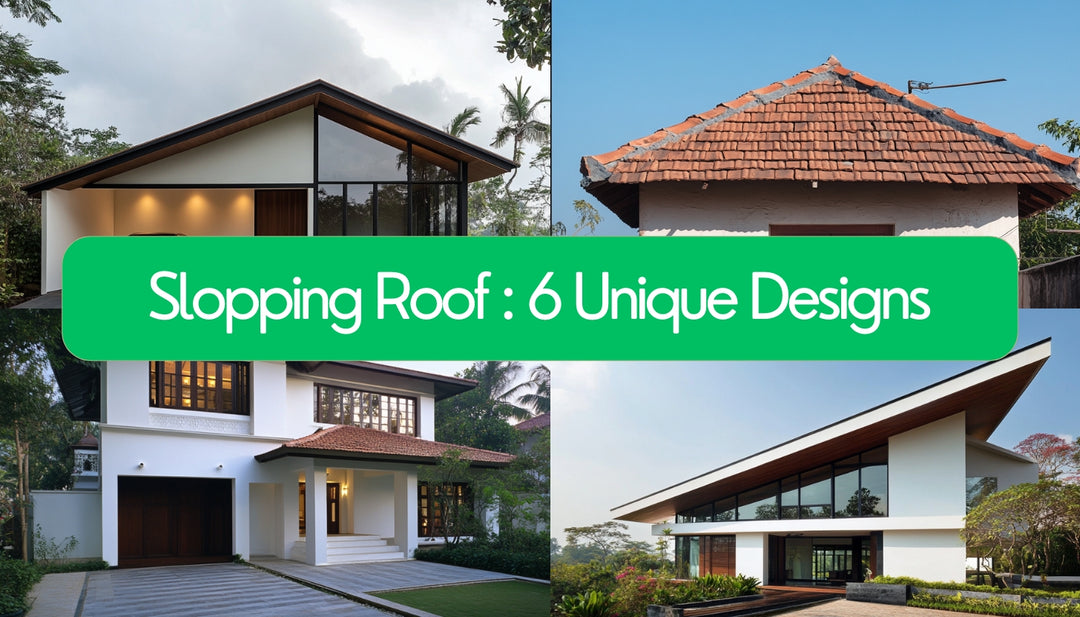
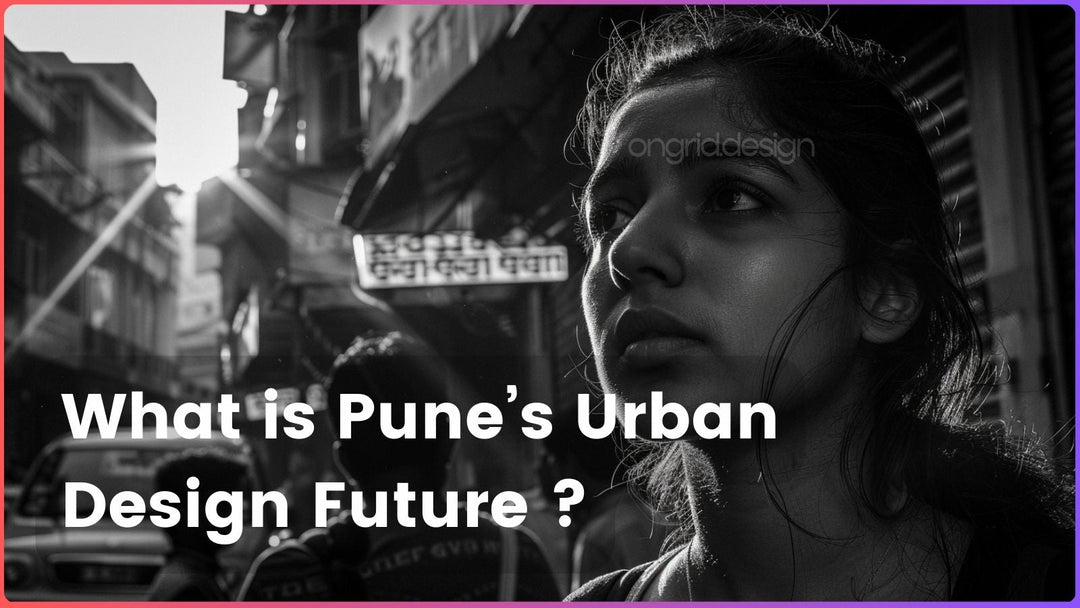
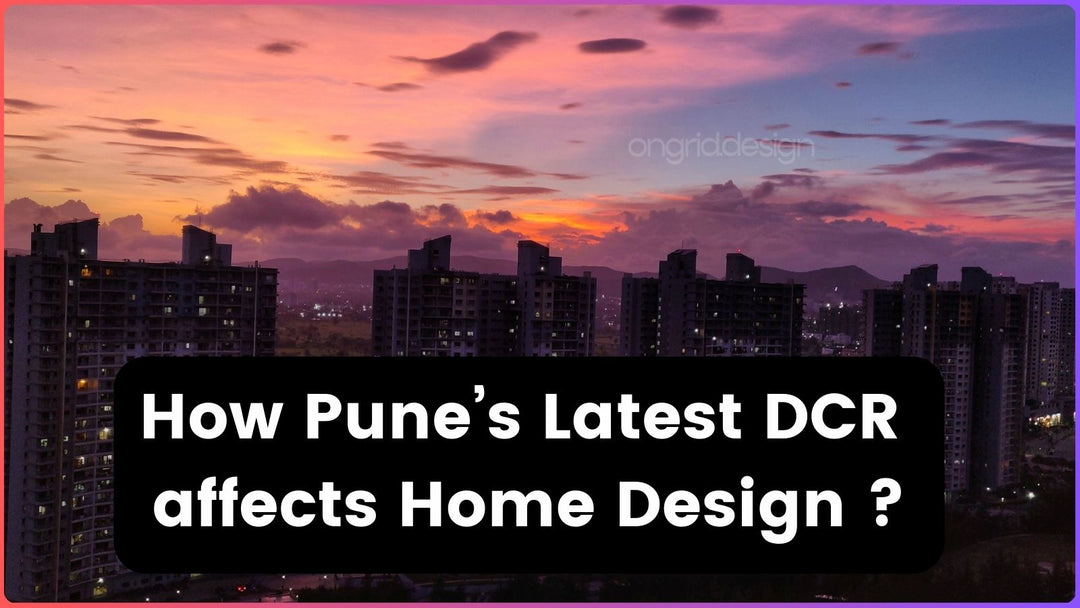
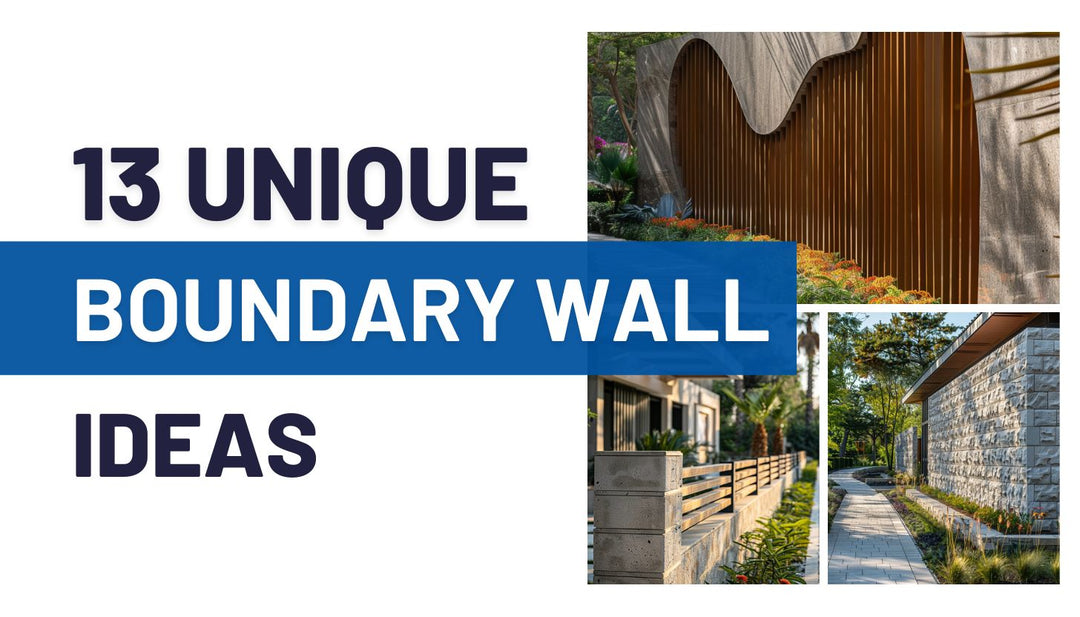
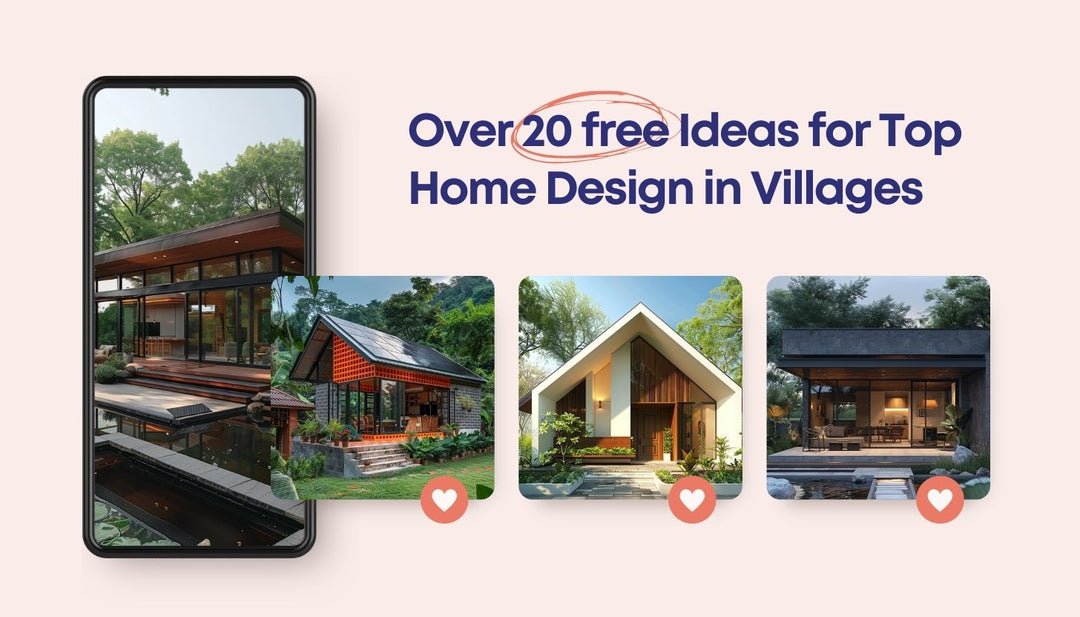

Great insights on integrated design! I love how the article connects sustainability with practical home planning. The focus on energy efficiency, materials, and collaboration among experts truly empowers homeowners to build greener, smarter spaces.
Great to see a focus on integrated design and sustainability. I think for many residential or light‑commercial builds, especially in climates with high solar exposure or variable weather, tensile/membrane roofs can add value — they reduce dead load, allow creative shading solutions, and often integrate well with passive design principles (ventilation, natural light, low thermal mass). For readers interested in architecture + structural efficiency + eco‑friendly construction, this overview may provide helpful context: https://www.ekradecor.com/what-is-a-tensile-structure.html
Integrated design in green architecture brilliantly merges sustainability with innovation, creating eco-friendly spaces that prioritize the environment without compromising style and function
Leave a comment